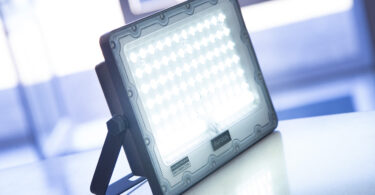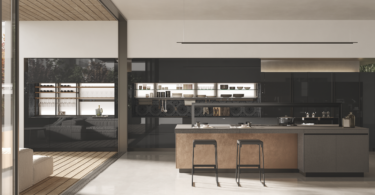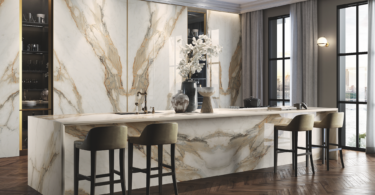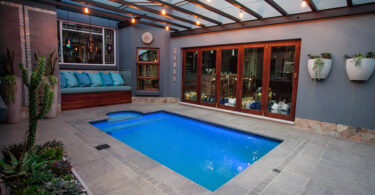The choices are many and varied when it comes to picking a kitchen splashback. We serve up some options…
First things first
A splashback is important in a kitchen as it helps protect the walls from greasy cooking splashes and other grime. It also adds to the overall look of the kitchen. Mostly located above the stove, you can also have one above the sink and above counter spaces where you do your cooking prep.
You should keep two key things in mind when choosing a splashback: cost and maintenance. Some materials are more expensive than others, while some require more care and cleaning than others. Will you need a standard-size splashback or require a custom-made one? What about plug point cut-outs and installation – all of this will add to the total cost.
Most popular materials
Stainless steel – Modern and sleek, stainless steel is low maintenance and easy to install and keep clean. It’s unaffected by grease and steam, but acidic spills (like tomato juice) can cause discolouration. It also tends to show up fingerprints, smudges, scratches, dents and water marks easily. Choose from polished and brushed to powder-coated in a range of colours and shades, including metallic, sparkle and mirror effects.
Glass – A popular choice for its reflective qualities, streamlined look and flexibility, glass is also easy to maintain. Choose from plain glass to textured glass, matte, gloss, frosted, back-painted glass, or a panel with a digitally printed image copied onto the glass. Back lighting for your glass splashback can also be installed to highlight certain areas, create moods or draw attention to an image. Stained or fused glass designs can be made and installed by hand to produce a stunning effect – albeit quite pricey.
Tiles – Most tile types are cost-effective and easy to install. Choose from ceramic and porcelain, to mosaic, glass, metal or stone materials in many different shapes, colours, patterns and textures. They hold up well to heat and most are easy maintain. On the downside, keeping grout clean can be a bother and there’s always the risk of cracks and chips over time (so order some extras when you buy).
More ‘novel’ splashback ideas
Acrylic (or Perspex) – offers a similar look to glass, but is more affordable; strong but may scratch easily; can lack durability and flexibility, so do some homework beforehand.
Splashback window – invites more natural light into your kitchen; can help the space look bigger; easy to clean and maintain; invites the outside in.
Mirror – will make the kitchen appear larger; reflects both natural and artificial light around the room; not as durable or maintenance-free as natural glass though.
Pressed metal – available in many different designs; easy to install, to maintain and can be painted when it’s time for a kitchen revamp.
Exposed brickwork – for that sought-after rustic feel; is very porous, so needs some sealing work for easier cleaning and longevity.
Copper sheeting – choose from polished, brushed or distressed; is especially effective in kitchens with exposed brickwork or concrete finishes.
Granite – hard-wearing and easy to clean; available in a range of different colours, but quite pricey; needs sealing to prevent staining.
Wood – can create a warm and inviting feel; just make sure that it is properly sealed (perhaps behind glass) to protect it from moisture.
Marble – naturally beautiful as no slab is the same; invokes a feeling of classic elegance; is porous, so needs sealing against staining; prone to scratches and can cost quite a bit.
Paint – simple and economical; just choose the right type of paint – it needs to withstand moisture and be easy to clean; colour choice is unlimited; perhaps a hand-painted mural with a specific theme will work for your kitchen.
DIY art – create a one-of-a-kind mosaic splashback by pressing flat, broken pieces of vintage crockery into tile adhesive and grouting in between.











Leave a Comment